The Yu-Gi-Oh! franchise has been around for more than 20 years, and has been omnipresent in the anime, TV, and trading card industries ever since its inception in 1996. The franchise has made many attempts to replicate the card game through a video game, but really didn’t catch as much fire as it did in the industry until 2017 with the launch of mobile game Yu-Gi-Oh! Duel Links. The game has been a top downloaded game on mobile ever since its release, and has consistently been one of the highest-played games on Steam for quite some time. However, Duel Links does not hold true to the traditional TCG game, thanks to a smaller field, lower Life Points, and Skills that harken back to the TV shows.
Yu-Gi-Oh! Master Duel, which officially released on January 19, appears to be a new chapter for the franchise. Master Duel brings over 10,000 cards from the franchise, as well as banlists and official TCG rules, to consoles, PC, and mobile. The game showcases Konami’s aims to cement its video game presence in a very different, but somewhat similar, capacity.
Did the launch of Master Duel live up to the months-long hype? Let’s go over our early impressions of the title.
Bring the game to life
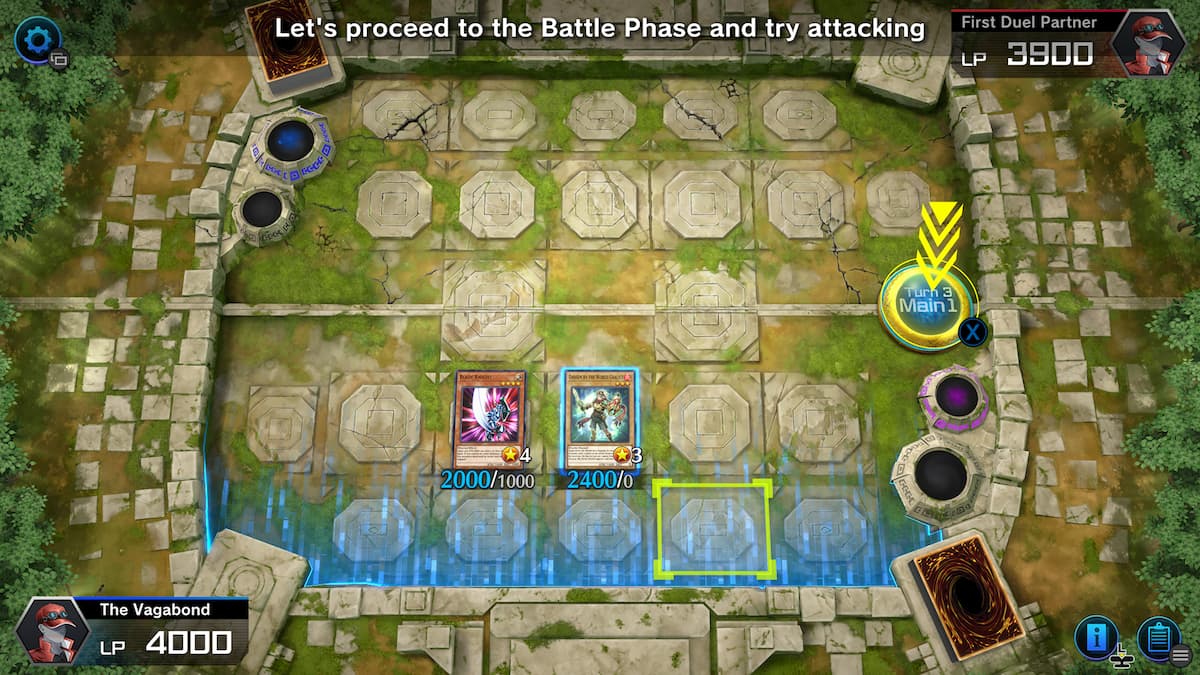
Konami took advantage of the time that went by between the game’s release announcement, and the launch. Master Duel features a UI that allows duelists to get an overhead look of the entire field, and each match is set in the environment of the user’s choice. What do we mean by that? Much like with Field Spells, players can literally change the look with different customizable duel fields, ranging from volcanoes to even inside a cage.
Even though the UI might be a small thing to some, it’s actually a very important part of any Yu-Gi-Oh! video game. Duelists need to navigate around the interface in order to activate card effects at the right time, as well as be able to read the card descriptions on each item.
While it will take time to learn the ins and outs of this game’s UI, the overall experience of actually playing a game is quite pleasant. Chains are properly displayed, card descriptions can be read easily, and much like in other Yu-Gi-Oh! video games, users can change the settings to activate Effects manually at any time during the different phases. Sure, there are changes that could be made, such as making the Graveyard and the Banish sections easier to navigate, but overall, the UI could be much, much worse.
A competitive experience
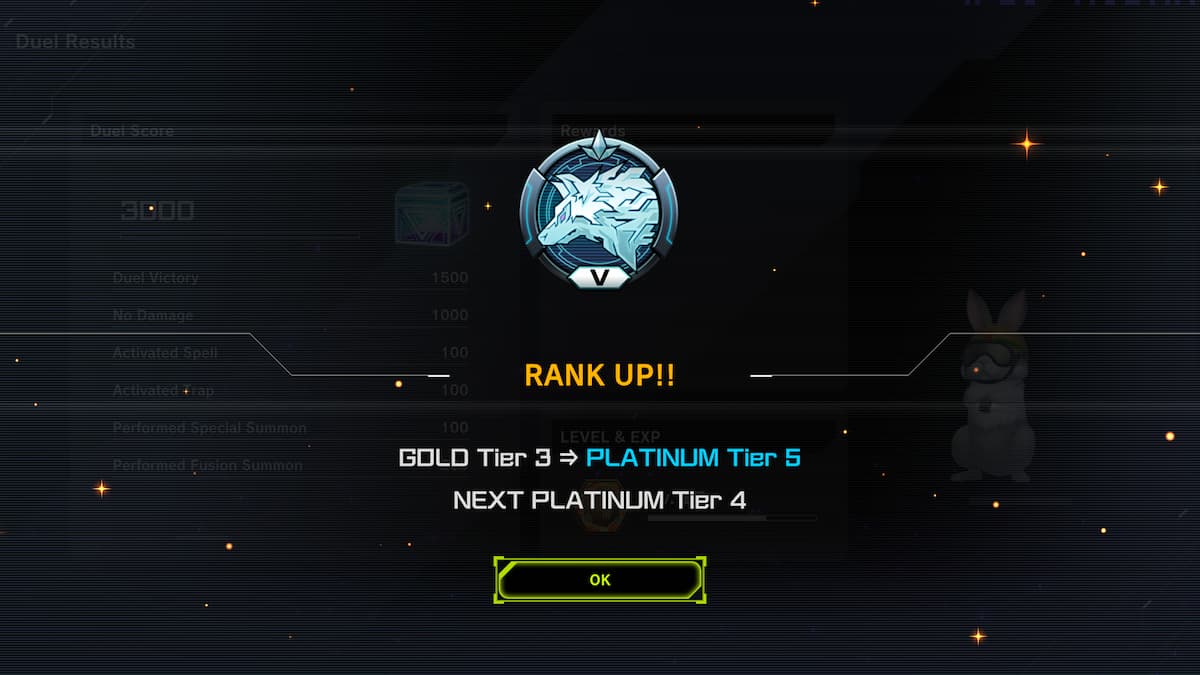
Yu-Gi-Oh! Master Duel features several different ways to play the game. One way is by playing offline through the title’s Solo mode. Here, duelists will be able to learn about the lore of many different Yu-Gi-Oh! Archetypes, including Monarchs, Elemental Lords, and Gem-Knights. Users can play against the AI in both scenarios, as well as in offline duels, all while being able to gain cards and the Gems, the title’s online currency.
Online play, however, will probably be where Master Duel players will spend the bulk of their time. Master Duel features five tiers: Rookie, Bronze, Silver, Gold, and Platinum. Users can move up the ladder by winning duels. The successful ones will also come away with Gems, as well as other miscellaneous cards and vouchers.
The tier system works much like Yu-Gi-Oh! Duel Links. The format and amount of wins needed to move up means that top-tier players will dwell in Platinum, while those who are either just getting the hang of things, or struggle with the format, will be in the lower tiers.
Cards, cards, cards
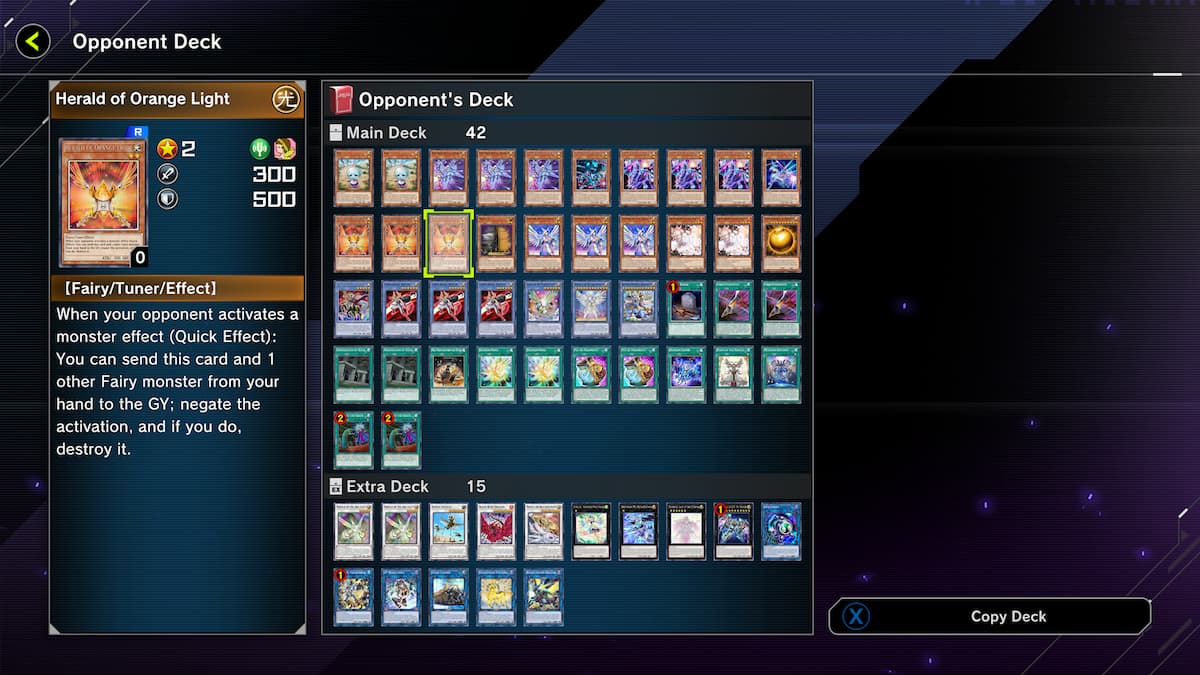
The Yu-Gi-Oh! Card game has been around for a long time. The first Yu-Gi-Oh! Booster box in North America, Legend of Blue-Eyes White Dragon, released nearly 20 years ago in March 2002. Since then, Konami has pumped thousands of different cards for the franchise.
At the onset of Master Duel, Konami stated that the initial version of the game would feature over 10,000 cards. These cards can either be obtained through buying packs with Gems, or through Master Duel’s crafting system. Users can spend craft points and create copies of specific cards. While this does not eliminate the need to buy packs, since craft points can mainly be obtained through trading in extra copies of other cards, it does provide a decent way for users to obtain the right items.
While the database does feature many cards from different archetypes, there are quite a few ones that are still very much incomplete. For example, Noble Knights do not have the handy Noble Knight’s Shield-Bearer, which adds draw power. Another example is Palladium Oracle Mana, a hand trap/Monster card that fits in Dark Magician builds.
Still, the database that the game has is rather impressive. With more booster boxes expected to launch in the future, it’s safe to assume that the number of cards added to the title will only continue to increase.
What works and what needs to be improved
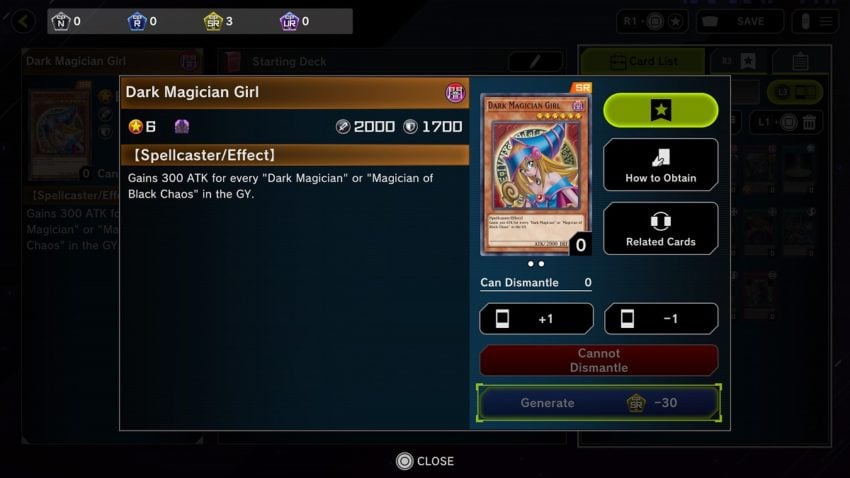
The Yu-Gi-Oh! franchise has been going strong for over 20 years, but in the modern era of gaming, it really did need a game like this to launch. After all, other competitive card game franchises like Magic The Gathering already have similar games. Considering the fact that COVID wreaked havoc on the ability for players to gather in person, Master Duel not only fills a void, but can also bring back players who can’t get to a local tournament on a regular basis.
Konami hit a lot of high notes with its initial rollout of Master Duel. Aside from some minor navigation troubles, as well text and card activation problems, the game has run quite smoothly. However, even though it’s “free-to-play,” this game can get expensive in the long run. Master Duel does provide plenty of Gems and cards to get players to start, but in order to craft multiple deck builds on one profile, it will take either a considerable amount of grinding or pulling out PayPal or credit card information.
As long as users are aware of the microtransactions and are fine with the system, it’s hard to find any major faults with Yu-Gi-Oh! Master Duel. For those who have been waiting for a simulation Yu-Gi-Oh! Experience, this title has lived up to expectations thus far.

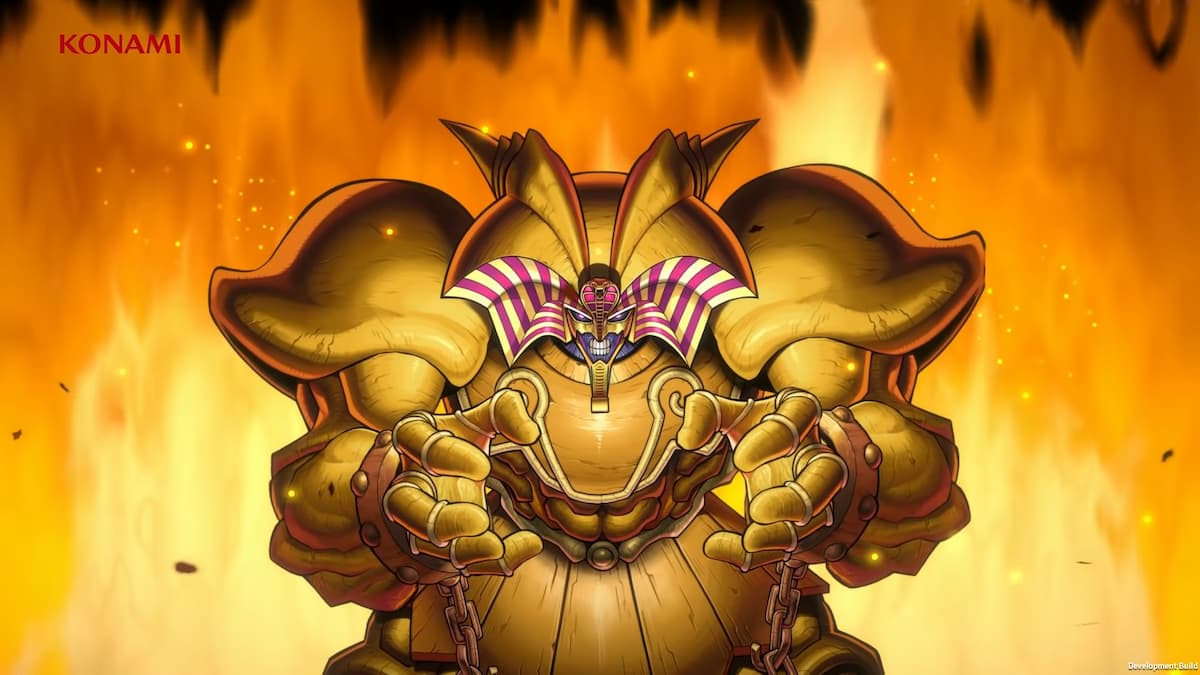





Published: Jan 31, 2022 11:37 am